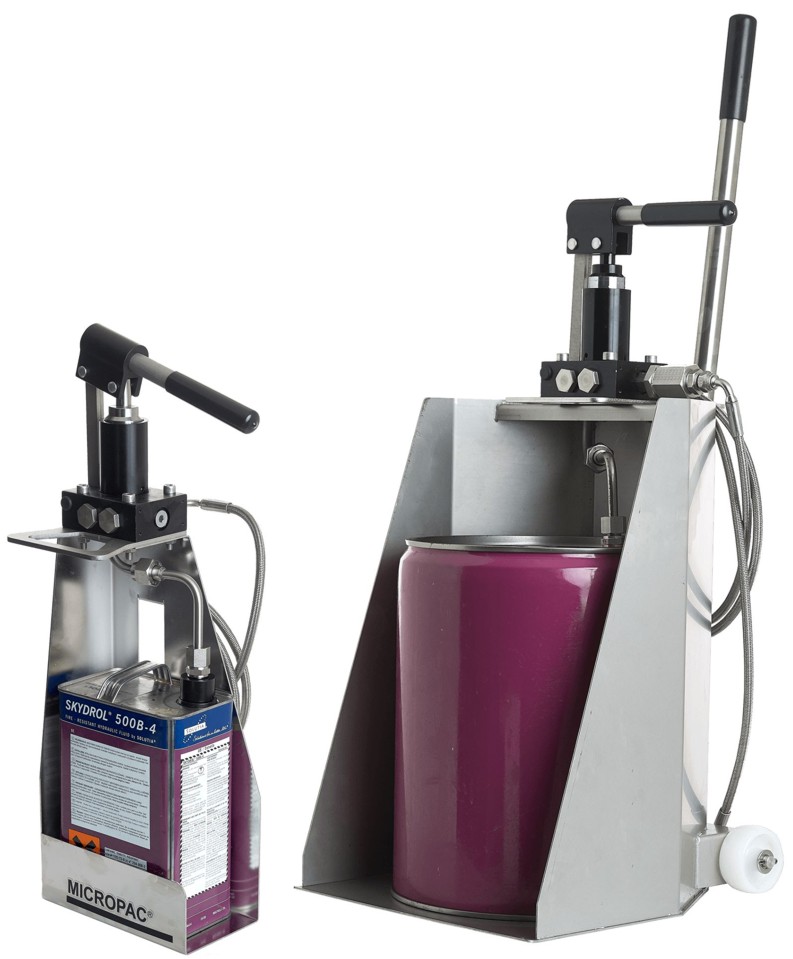How low temperature hydraulics has to be able to work with very cold conditions in large areas of the world.
The UK only sees moderate cold weather, even in Scotland. That can cause drama, as we know. Maybe we find it difficult to visualise that massive chunks of Russia, Canada, China and the USA are seriously cold. And the cold conditions in Antarctica are just beyond the imagination! People may have learnt to survive in this habitat, but once engineering has to cope with extreme cold for long periods, life is more complicated – particularly for the designer. Low temperature hydraulics just has to function. Public service vehicles, transport, water, oil and gas pipelines and even security all need dependable low temperature hydraulics.
Cold weather can present a number of challenges, both in a one-off cold environment and a “soaked” environment. Particularly in the soaked environment, you may be pushing engineering to limits on quite a few fronts and the thing just will not work. Low temperature hydraulics must be able to cope.
Check the human interface.
Can gear be operated with heavy gloves, and can it be seen clearly? Remember that it isn’t just the cold that is an issue – cold environments have their own weather problems that can prevent a design working correctly or cause problems for the operator.
Check materials fundamentals.
Revisit design basics. For example, medium nitrile rubber will be hard and leathery down at -40 degree Celsius and outside its operating range, and even metallic materials need revisiting. Bear in mind the added challenges of brittle material, and also allow plenty of leeway on the tolerances. Will you need to fit low temperature nitrile seals into your low temperature hydraulics or even the more exotic fluorosilicone? We would talk to a specialist like DMR seals.
You can’t ignore physics.
Get those viscosity tables out. It is amazing the number of fluids with ridiculously high viscosities once temperatures drop far below freezing, and where the pour point is actually higher than “normal” winter temperatures in Siberia. Pumps will not prime, coolants not cool and frictional losses will be enormous even if temperatures are raised.
Learn a lesson from aerospace.
Keep in mind that temperatures of -50 degrees C are the norm at 30,000 feet. That is the ultimate in low temperature hydraulics.
Look how Nature does it.
Although there are plenty of examples from the animal kingdom, even humans provide a good example of cold weather techniques: shutting down peripheral fluid systems using insulation to retain heat and raising temperatures those few critical degrees. Designers of low temperature hydraulics can learn from nature.
Sarum Hydraulics has designed hydraulic hand pumps for low temperature operation for years. Take a look at hand-pump-solutions/low-temperature-hydraulics






Mike Bellinder became the Yacht Hose Doctor after more than a decade of servicing hydraulic equipment on yachts and military and commercial vessels all over